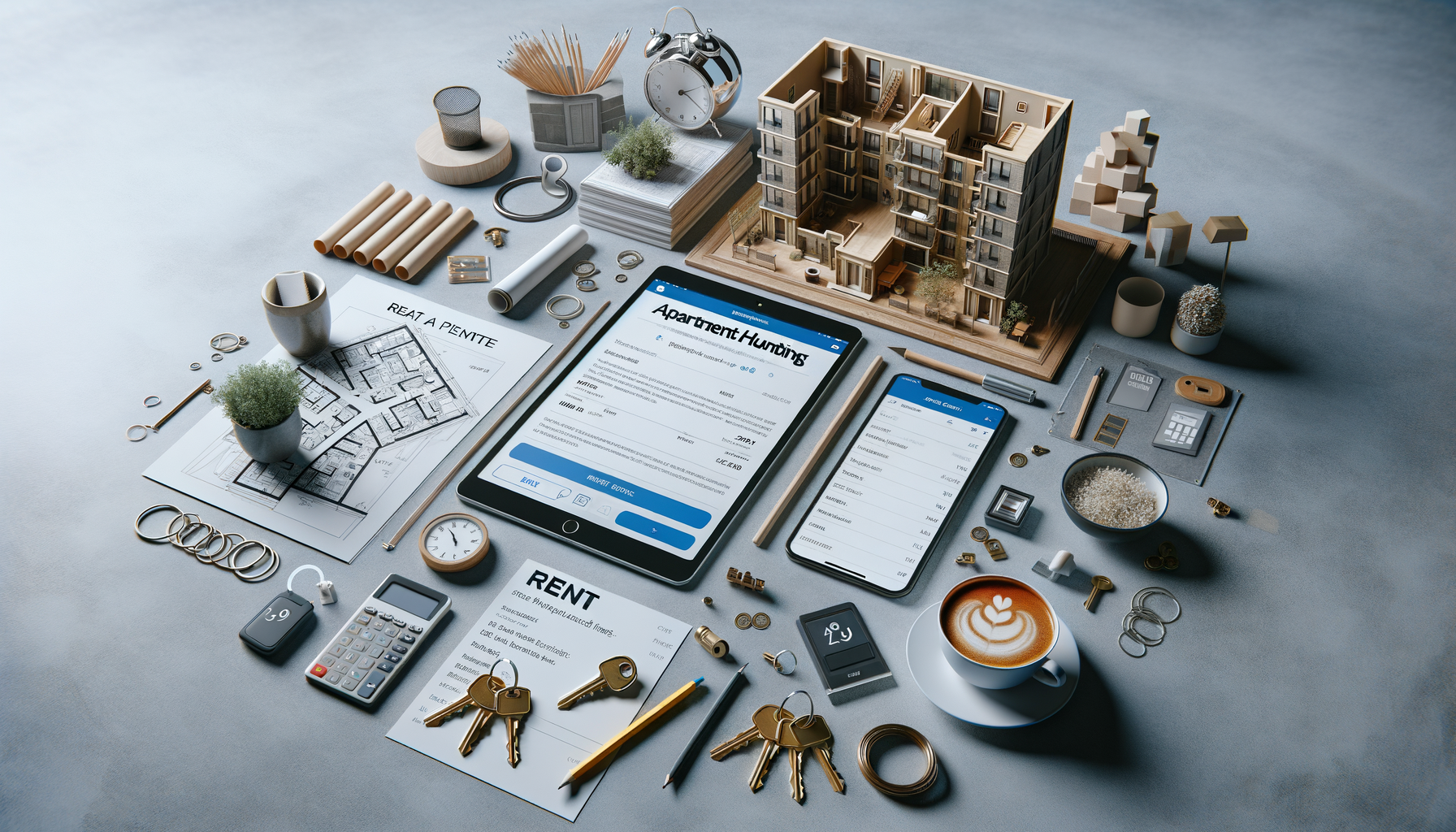Rental Costs
When embarking on the journey to find an apartment, understanding rental costs is crucial. Rental prices can vary significantly depending on location, size, and amenities. Urban areas typically have higher rental costs due to demand and proximity to work, entertainment, and public transport. For example, a one-bedroom apartment in a bustling city center might cost as much as a three-bedroom house in a suburban area. It’s essential to set a realistic budget that includes not only rent but also additional expenses such as utilities, internet, and renter’s insurance.
To get a clearer picture of what you can afford, consider the 30% rule, which suggests that you should spend no more than 30% of your gross income on rent. This guideline helps ensure that you have enough left for other necessities and savings. Additionally, be aware of fluctuating market trends. In some cases, signing a lease during the off-peak season might result in lower rental costs. Always compare prices in different neighborhoods and weigh the benefits of each area against the cost.
Factors influencing rental costs include:
- Location: Proximity to city centers, schools, and public transport can increase prices.
- Size and layout: Larger apartments or those with open floor plans might cost more.
- Amenities: Features like pools, gyms, and security systems can add to the rent.
Apartment Amenities
Apartment amenities can significantly impact your living experience, and knowing which ones to prioritize is essential. Amenities range from basic necessities to luxurious extras. Common amenities include in-unit laundry, parking spaces, and air conditioning. These can make daily life more convenient and comfortable. Some buildings offer shared facilities such as gyms, swimming pools, and communal lounges, which can foster a sense of community and provide additional leisure options.
When evaluating amenities, consider your lifestyle and what you value most. For instance, if you work from home, high-speed internet and a quiet environment might be priorities. Alternatively, if you enjoy socializing, a building with a rooftop terrace or community events could be appealing. It’s also worth considering future needs; a growing family might benefit from proximity to parks and schools.
Some popular amenities include:
- Security features: Gated access, surveillance cameras, and on-site security personnel.
- Pet-friendly policies: Areas for pets and pet care services.
- Green spaces: Gardens or parks within the complex.
- Technology: Smart home features like keyless entry and smart thermostats.
While amenities can enhance your living experience, they often come at a cost. Balancing your budget with your desired amenities is key to finding an apartment that meets your needs without stretching your finances.
Rental Platforms
In the digital age, rental platforms have revolutionized the way we search for apartments. These platforms offer a convenient and efficient way to explore available properties, compare prices, and assess amenities. They provide comprehensive listings with photos, detailed descriptions, and reviews from previous tenants, making it easier to make informed decisions.
Popular rental platforms often include filters that allow you to narrow down your search based on specific criteria such as location, price range, and desired amenities. This customization can save time and ensure that the listings you view align with your preferences. Some platforms even offer virtual tours, giving you a feel for the space without needing to visit in person.
When using rental platforms, it’s crucial to verify the legitimacy of listings. Look for platforms that offer verified listings or those that have a robust review system. Additionally, be cautious of listings that seem too good to be true, as they might be scams. Always communicate through the platform’s messaging system to maintain a record of interactions.
Benefits of using rental platforms include:
- Wide selection: Access to numerous listings in various locations.
- Time-saving: Filter options streamline the search process.
- Transparency: Reviews and ratings provide insights into the property and management.
Ultimately, rental platforms can be a valuable tool in your apartment search, offering convenience and a wealth of information at your fingertips.
Comparing Rental Options
Once you’ve explored rental costs, amenities, and platforms, the next step is comparing your options. This process involves weighing the pros and cons of each potential apartment to determine which aligns best with your needs and budget. Start by creating a list of must-have features versus nice-to-have amenities. This can help prioritize what’s most important and guide your decision-making.
Consider the overall value of each apartment. While one option might have a slightly higher rent, it could offer amenities that save money in other areas, such as a gym membership or on-site parking. Additionally, factor in the location’s convenience. A slightly higher rent might be justified if the apartment is closer to work or offers better access to public transport.
It’s also beneficial to visit potential apartments in person. Photos and descriptions can only convey so much; seeing the space firsthand allows you to assess the layout, natural light, and general condition. During visits, take note of any maintenance issues and ask questions about the building’s management and policies.
Key considerations when comparing options include:
- Cost vs. value: Does the apartment offer good value for its price?
- Location: Is it close to work, schools, or public transport?
- Community: Are there opportunities for social interaction?
- Condition: Is the apartment well-maintained?
Comparing rental options is a critical step in the apartment hunting process, ensuring that you choose a space that meets your needs and enhances your lifestyle.
Negotiating Lease Terms
Once you’ve found an apartment that suits your needs, negotiating lease terms is the final step before moving in. This stage involves discussing the terms of your lease agreement with the landlord or property manager. While some aspects of the lease may be non-negotiable, there are often areas where you can seek flexibility.
Start by understanding the lease thoroughly. Review the terms related to rent, security deposits, lease duration, and any additional fees. If any clauses are unclear, ask for clarification. It’s essential to know your rights as a tenant and what the landlord expects from you.
Negotiation points might include:
- Rent: Inquire about any potential discounts or promotions.
- Lease duration: If you prefer a shorter or longer lease, discuss the possibility.
- Maintenance responsibilities: Clarify who is responsible for repairs and upkeep.
- Pet policies: If you have pets, discuss any additional fees or restrictions.
Approach negotiations professionally and respectfully. Demonstrating that you’re a reliable tenant can sometimes lead to more favorable terms. If the landlord is unwilling to negotiate on certain points, consider if the apartment still offers enough value to commit to the lease.
In conclusion, negotiating lease terms is an opportunity to tailor the agreement to better fit your needs. By preparing thoroughly and approaching discussions with a clear understanding of what you want, you can secure a lease that aligns with your lifestyle and financial situation.




Leave a Reply